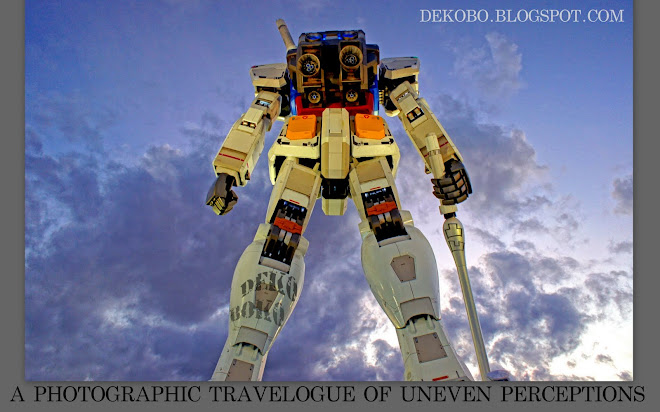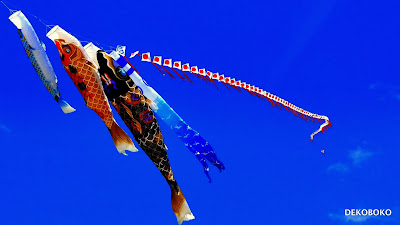
One of Japan’s most beloved deities, Jizō is the guardian of travelers, children, and motherhood. Everywhere in Japan - at busy intersections, graveyards, temples and along hiking trails - one finds statues of Jizō Bosatsu wearing a red cap and or bib and adorned with toys, scarfs, and piled high with stone offerings. According to Japanese folk belief, red is the color for expelling demons and is also associated with the deities of healing, fertility, and childbirth. Perhaps the greatest influence on Japan’s tradition of adorning Jizō statues comes from the Sai no Kawara legend attributed to Japan’s Pure Land sects.
According to this legend, children who die prematurely are sent to the underworld for judgment. All sentient beings including children have their life reviewed by the 10 Kings of Hell - judgment is pronounced - and they are reborn into one of six realms of existence. They may be pure souls, but they have not had any chance to build up good karma, so they are sent to the riverbed of souls (Sai no Kawara) in purgatory; forced to remove their clothes and to pray for salvation by building small stone towers - by piling pebble upon pebble - in the hopes of climbing into Buddha’s paradise. However, hell demons scatter their towers and beat them, Jizō comes to their rescue - lifting them out by hiding them in the sleeves of his robe.
Parents cloth the statues in hopes that Jizō will cloth the dead child in his protection or as an offering of thanks for a child saved from severe illness. Small pebbles are also piled around the Jizō statue as offerings by sorrowing parents. The six Jizō, as pictured here, each represent one of the six realms of existence and the endless cycle of transmigration.























































